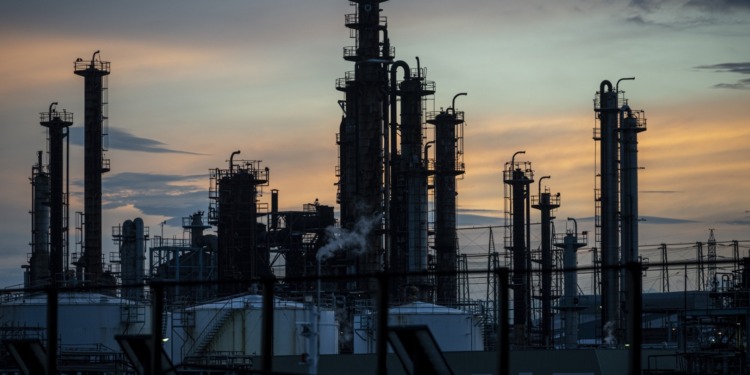Following a slight rise in 2023, methane emissions from fossil fuels are on the cusp of a significant decline, reveals the International Energy Agency (IEA) in a new analysis.
Methane, a potent greenhouse gas — much more potent than carbon dioxide despite having a shorter lifespan — is responsible for “almost a third of the rise in global temperatures since the Industrial Revolution” according to the IEA. Agriculture is the largest source of methane emissions from human activity, followed closely by the energy sector, which includes oil, natural gas, coal, and bioenergy.
The findings, outlined in the Global Methane Tracker — in what the IEA says is the “first comprehensive assessment of global methane emissions since the COP28 climate summit concluded in December” — underscore the potential impact of recent policies, regulations, and pledges made during the COP28 climate summit in Dubai.
Despite remaining near a record high in 2023, totaling close to 120 million tonnes (“a small rise compared with 2022,” the IEA notes), methane emissions from the energy sector are poised for a downturn. The IEA attributes last year’s increase to the production and use of fossil fuels, with an additional 10 million tonnes coming from bioenergy, primarily traditional biomass use for activities such as cooking.
“Methane emissions from the energy sector remained near a record high in 2023 – but substantial policies and regulations announced in recent months, as well as fresh pledges stemming from the COP28 climate summit in Dubai, have the potential to put them into decline soon,” writes the IEA.
The top 10 emitting countries, the report found, are responsible for two-thirds of the world’s total methane emissions. The United States leads in methane emissions from oil and gas operations, and is “closely followed” by Russia. China, on the other hand, leads in emissions from coal operations.
Related Articles: Slashing Methane Emissions Could Save Nearly One Million Lives, New Report Says | How Seaweed Can Help Curb Methane Emissions From Cows | New Research Discovers Bacteria That ‘Eats’ Methane | Why Reducing Methane Emissions Is Key to Sovling the Climate Crisis | How Google Will Help Track and Measure Methane Emissions From Space | Feeding Fish With Methane – and How It Could Offset 14% of Global Fishmeal Emissions |
At the moment, methane emissions “remain far too high to meet international climate targets,” concludes the IEA. Fatih Birol, the IEA’s Executive Director, explains what’s needed to limit global warming to 1.5°C:
“A 75% cut in methane emissions from fossil fuels by 2030 is imperative to stop the planet from warming to a dangerous level. I am encouraged by the momentum we’ve seen in recent months, which our analysis shows could make an enormous and immediate difference in the world’s fight against climate change. Now, we must focus on transforming commitments into action – while continuing to aim higher. Well known policies and existing technologies could reduce methane emissions from fossil fuels substantially.”
The IEA expects efforts to curb methane emissions to accelerate in 2024, building on the ambition catalyzed by COP28. At COP, as the report reminds us, nearly 200 governments committed to “substantially” reduce methane emissions by 2030, with new regulatory initiatives from Canada, the European Union, and the United States (announced around COP28) further strengthening the global push.
Importantly, the IEA found that “if all methane pledges made by countries and companies to date are implemented in full and on time, it would be sufficient to cut methane emissions from fossil fuels by 50% by 2030.” The IEA however also notes that “most pledges are not yet backed up by plans for implementation.”
According to the report, tackling methane emissions would also be “extremely cost-effective”: A 75% reduction in global methane emissions by the end of the decade would cost about $170 billion, which is less than 5% of the fossil fuel industry’s 2023 income.
Meanwhile, about 40% of emissions from 2023 fossil fuel operations “could have been avoided at no net cost, since the value of the captured methane was higher than the cost of the abatement measure,” the IEA explains.
Editor’s Note: The opinions expressed here by the authors are their own, not those of Impakter.com — Featured Photo Credit: Freepik.









